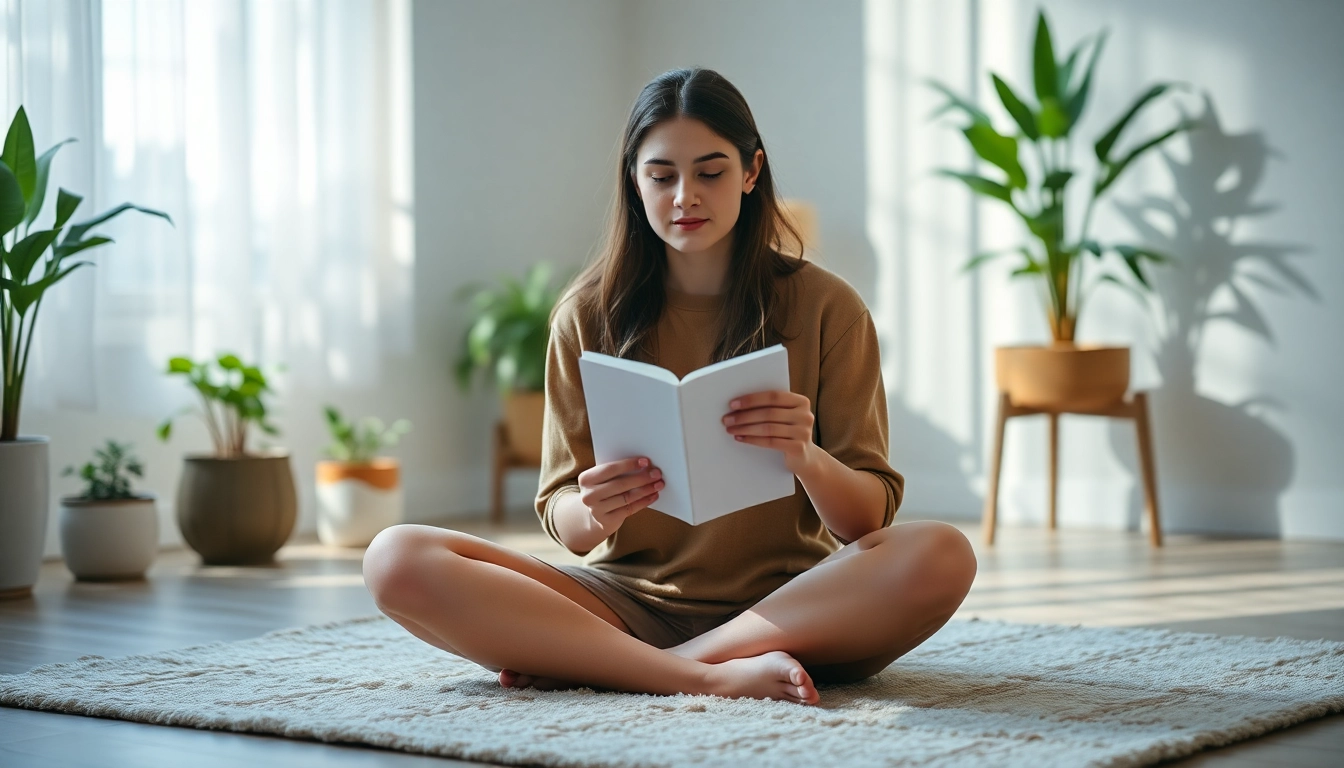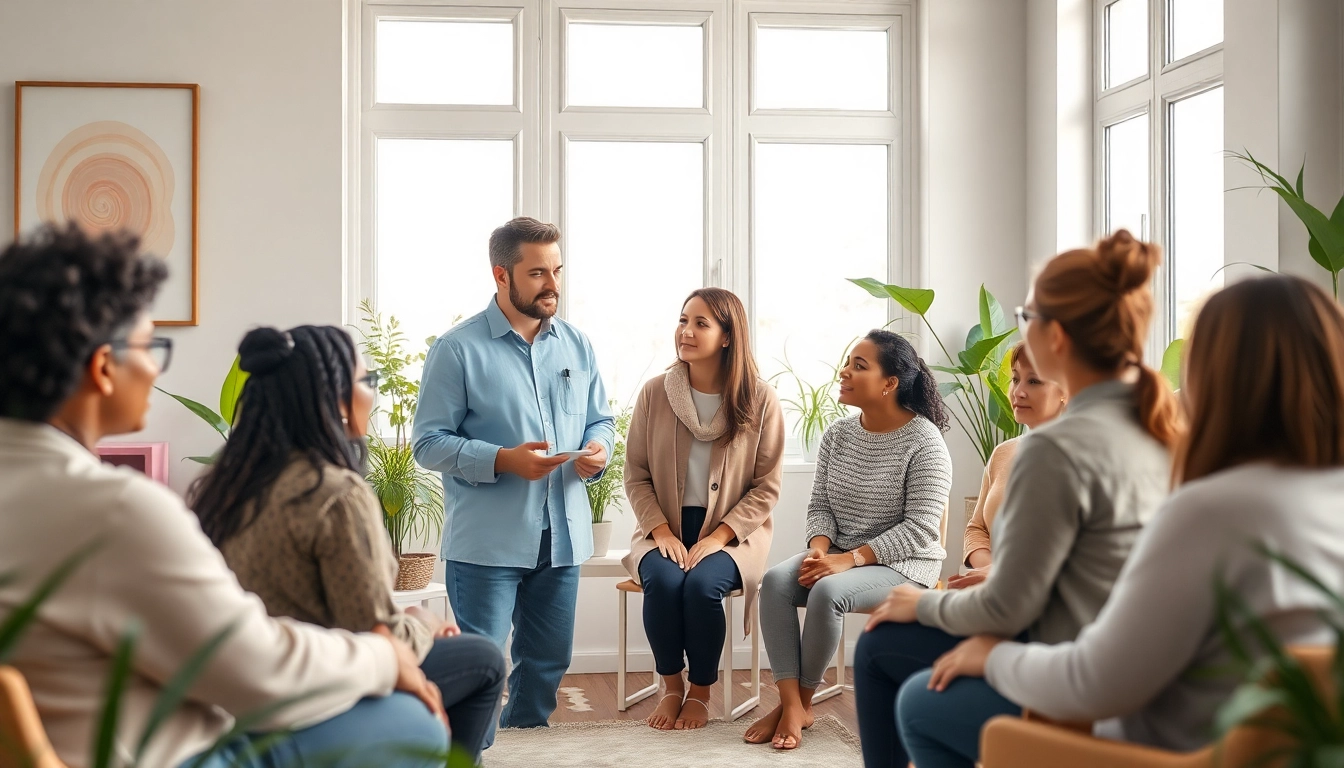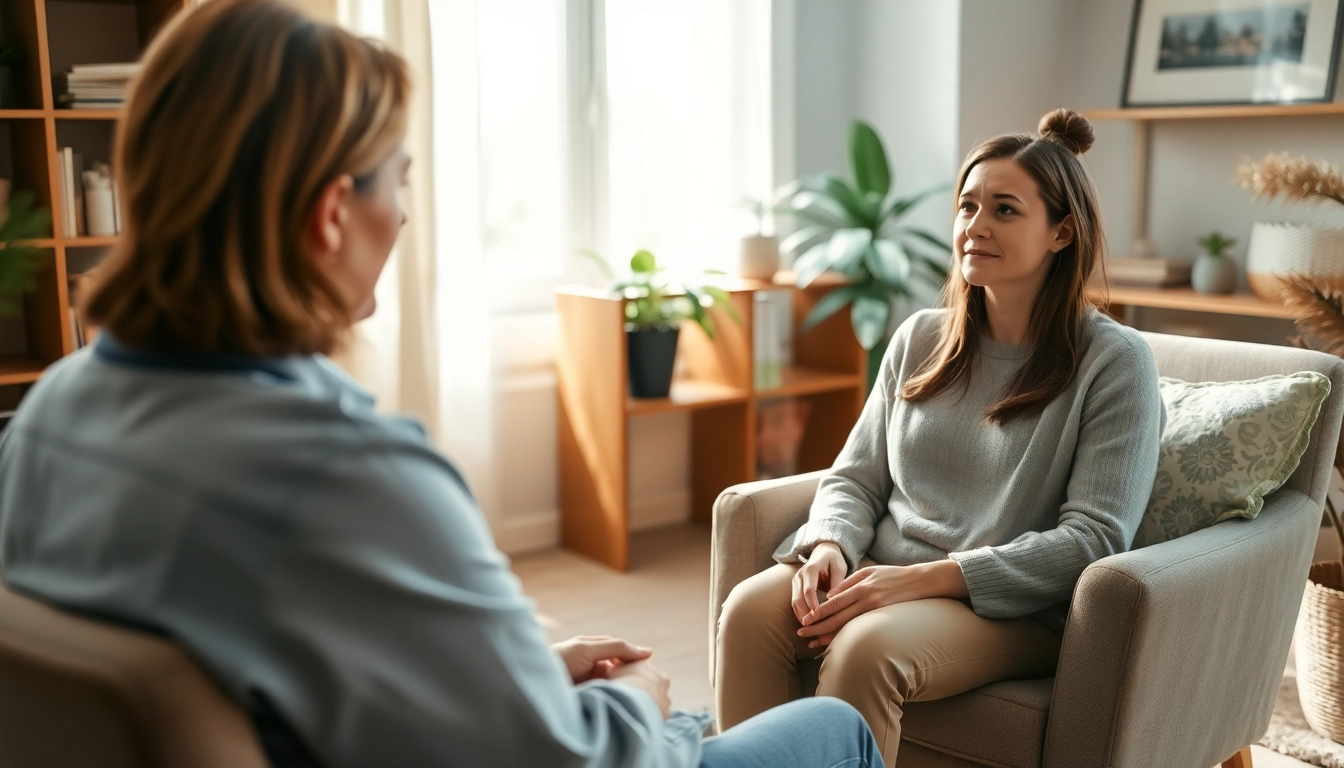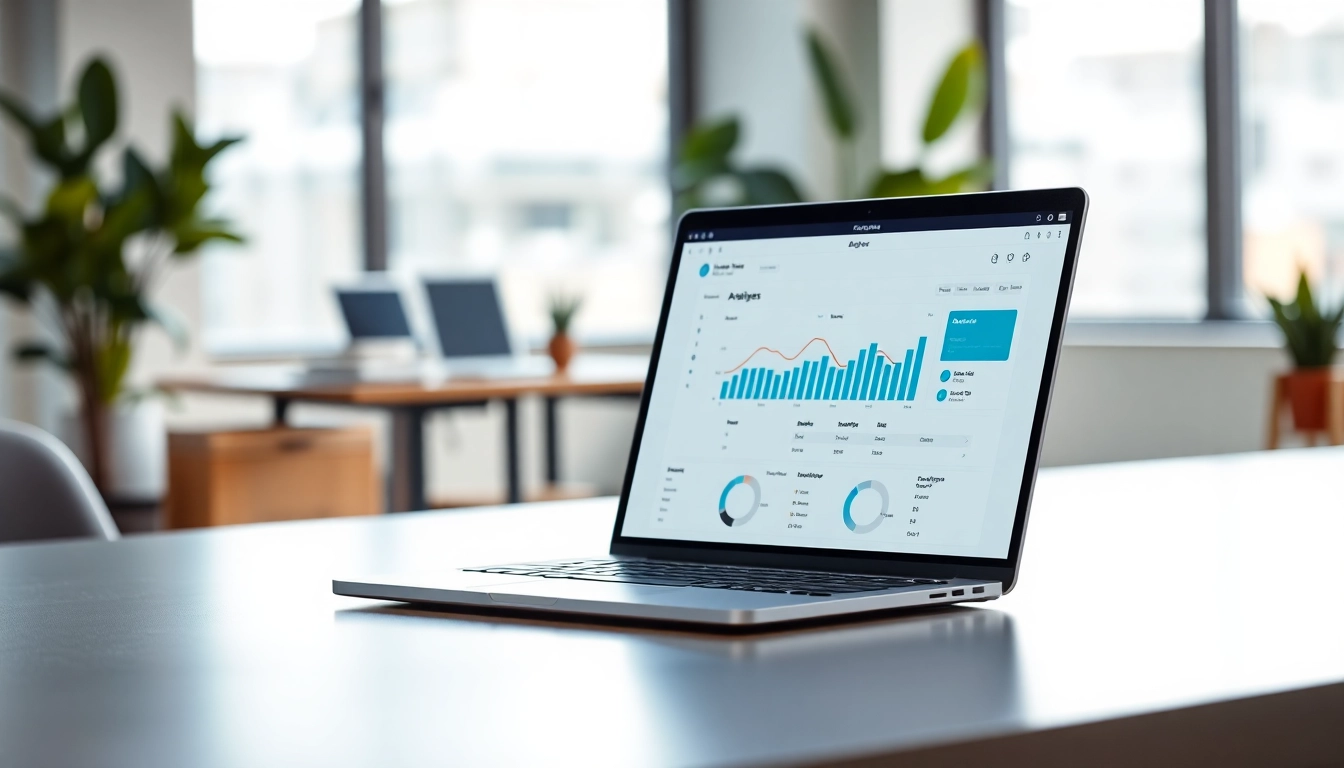
Understanding Anxiety and Its Effects
Anxiety is a common experience faced by many individuals and can manifest in various forms. Understanding anxiety and its effects is essential for both personal insight and finding effective strategies for dealing with anxiety. This section aims to define anxiety, outline its symptoms, and describe its impact on day-to-day life.
What is Anxiety?
Anxiety is a natural response to stress that can motivate individuals to handle challenges effectively. However, when anxiety becomes overwhelming or chronic, it can interfere with daily activities and quality of life. The clinical definition of anxiety involves feelings of apprehension or unease, often accompanied by physical symptoms such as increased heart rate or sweaty palms.
Common Symptoms of Anxiety
Symptoms of anxiety may vary from mild to severe and can include:
- Excessive worry or fear
- Restlessness or feeling on edge
- Fatigue
- Difficulty concentrating
- Physical symptoms including increased heart rate, sweating, or stomach issues
- Sleep disturbances
Recognizing these symptoms can be the first step towards addressing anxiety effectively.
The Impact of Anxiety on Daily Life
Anxiety can significantly affect an individual’s personal and professional life. It may lead to avoidance behaviors, where the person avoids situations that trigger their anxiety, which can result in isolation and reduced social interaction. Additionally, anxiety can impair work performance due to difficulty concentrating, potentially leading to dissatisfaction in one’s career. Emotionally, individuals with anxiety may experience lower self-esteem and increased feelings of hopelessness.
Causes and Triggers of Anxiety
Understanding the roots of anxiety can help individuals identify their triggers and develop tailored coping strategies. This section explores different causes of anxiety, from personal triggers to genetic and environmental factors.
Identifying Personal Triggers
Each person may have unique triggers that exacerbate their anxiety. These can be situational, such as public speaking or social interactions, or more generalized, like financial stress or health concerns. Keeping a journal to track anxiety episodes can help in identifying these triggers.
Genetic and Environmental Factors
Research suggests that anxiety can run in families, indicating a genetic component. Environment also plays a crucial role; factors such as childhood experiences, trauma, and stressful life events can contribute to anxiety disorders. Individuals with a predisposition to anxiety may experience heightened sensitivity to stressors in their environment.
The Role of Lifestyle Choices
Lifestyle choices significantly influence anxiety levels. Poor diet, lack of physical activity, and substance use can elevate anxiety symptoms. For instance, excessive caffeine intake may trigger heightened anxiety symptoms, while a balanced diet rich in nutrients supports overall mental health. Engaging in regular physical activity can also foster a sense of well-being and reduce anxiety symptoms.
Effective Strategies for Dealing with Anxiety
Dealing with anxiety is not a one-size-fits-all process, but several strategies can help manage symptoms effectively. This section outlines various techniques that can aid individuals in their journey to overcome anxiety.
Breathing Techniques and Relaxation Methods
Deep breathing exercises are a powerful tool for reducing anxiety. Techniques such as the 4-7-8 method—inhale for four seconds, hold for seven, and exhale for eight—can help calm the nervous system. Progressive muscle relaxation, which involves tensing and relaxing different muscle groups, is another effective method for alleviating physical tension associated with anxiety.
Mindfulness and Meditation Practices
Mindfulness practices encourage individuals to focus on the present moment, which can curb anxious thoughts about the past or future. Meditation, whether through guided sessions or self-directed practices, involves focusing the mind and fostering a state of relaxation. Mindfulness techniques often involve observing thoughts without judgment, which can help in reducing the intensity of anxious feelings.
Physical Activity and Its Benefits
Regular physical activity is known to release endorphins, the body’s natural feel-good hormones. Exercises such as walking, running, yoga, and swimming can significantly help manage anxiety. Engaging in at least 30 minutes of moderate exercise most days can enhance both physical and mental well-being, making it easier to cope with anxiety symptoms.
Professional Help and Treatment Options
For individuals whose anxiety may be beyond self-management strategies, seeking professional help is crucial. This section discusses when to seek help, types of therapy, and medication options available.
When to Seek Professional Help
Recognizing when to seek professional help can be challenging. However, if anxiety is impacting daily life, relationships, or work performance, it may be time to consult a professional. Signs that indicate the need for assistance include persistent anxiety that can’t be controlled, avoidance of daily activities, and experiencing significant distress in social situations.
Types of Therapy and Their Effectiveness
Several therapeutic approaches are available for managing anxiety effectively:
- Cognitive Behavioral Therapy (CBT): This is one of the most researched and effective forms of therapy for anxiety. It focuses on changing negative thought patterns that contribute to anxiety and teaches coping strategies.
- Exposure Therapy: Particularly helpful for phobias or specific anxiety triggers, exposure therapy involves gradual exposure to the source of fear in a controlled environment.
- Acceptance and Commitment Therapy (ACT): This form of therapy emphasizes accepting thoughts and feelings rather than fighting them, aiding individuals in committing to personal values and goals.
Medication Options for Managing Anxiety
Medications can be beneficial for managing anxiety symptoms. Common types include:
- Antidepressants: Often prescribed for anxiety disorders, these help in balancing chemicals in the brain.
- Anti-anxiety medications: Medications such as benzodiazepines can provide short-term relief but are generally recommended for short durations due to dependency concerns.
- Beta-blockers: These medications can help with the physical symptoms of anxiety, such as rapid heartbeat.
It is crucial to discuss medication options with a healthcare provider to determine the best fit based on individual needs and symptoms.
Building a Supportive Environment
Creating a supportive environment is essential for managing anxiety. A network of understanding family and friends, along with a well-designed personal space, can facilitate effective coping.
Connecting with Supportive Friends and Family
Engaging with a support network can provide emotional relief and perspective. Sharing experiences with friends or family members who understand anxiety can help reduce feelings of isolation. Support groups, either in person or online, also offer an opportunity to learn from others facing similar challenges.
Utilizing Online Communities and Resources
Online forums and communities provide a platform for discussing anxiety and sharing coping strategies. Websites and apps dedicated to mental health often offer resources such as articles, guided meditations, and forums where individuals can connect and share their experiences.
Creating a Personal Mindfulness Space
Designing a personal mindfulness space at home can encourage regular practice of relaxation techniques. This space should be quiet and comfortable, filled with items that promote relaxation, such as soothing colors, soft fabrics, and calming scents. Regularly spending time in this space can help reinforce positive mental health practices.








